|
Today I am going to introduce you to a recreation project you might not have heard about. And that would be a shame! Dr Alexandra Makin, the writer of a book I reviewed, is working on a historically accurate reconstruction of a part of St Cuthbert's maniple. The original was stitched around AD 909-916, a good 100 years before the Kaisergewänder, and is thus probably the oldest more or less complete goldwork embroidery surviving in Europe. Trying to reconstruct any of these very early goldwork embroideries comes with a myriad of challenges of which finding the right materials is a large chunk. Alexandra describes the project in a series of YouTube videos. But beware: you might spend a LOT of money :).
Alexandra also curates a blog on early medieval (mostly) textile topics. Each month, a guest-writer is invited to write about her research. She has asked me to contribute a blog for December. When you enter the universe of the St Cuthbert recreation project, you soon realise that such an undertaking isn't a solo flight. It wasn't back in the 10th-century and it isn't today. Many people contributed with their specialism: dying silk threads with natural dyes, weaving the right silken open canvas, finding the right silk, vintage goldthreads, magical scissors from Japan, etc. You will be introduced to so many amazing people and (nearly) lost arts. Enjoy!
10 Comments
Sometimes, medieval goldwork embroidery has been purposefully flattened after it was finished. This is for instance the case with the Kaisergewänder in Bamberg. Burnishing or hammering finished goldwork embroidery was probably done to enhance the smoothness of the surface to make it resemble gold leaf or goldsmithing work. Whilst the flattening is clearly visible on high-resolution pictures, and certainly revealed in a cross-section of the goldthread, we do not know how it was done. Did they burnish the finished surface with a rounded piece of bone? Did they actually hammer the threads flat? Time for an experiment:
Hmm, not at all the result I was expecting ... Is this due to the difference in materials? Or is there another way to flatten goldthreads? Or what if they used pre-flattened goldthreads (called flatworm) in the first place? I would love to hear your thoughts on the matter! Please leave your comments below.
P.S. My husband and I are getting vaccinated this week! From today, Bavaria allows everyone, regardless of priority, to get vaccinated by their family doctor if they want to. Bittersweet: due to widespread vaccine-scepticism in our rural area, we got an appointment right away. Feeling immensely grateful!
In the past, I have rarely written about anything else than embroidery. And I don't intend to write more often about non-embroidery topics. However, tomorrow is an important day for me and my husband. The village council will meet and debate the litter data my husband and I have collected for the past three months or so. What did we do? Each year, we commit to a certain challenge for Lent. It is usually the "no cookies" or "no chocolate" 40-day challenge. But with the unpleasant pandemic restrictions, I did not want to restrict myself any further this year. Instead, we were looking for something to make a positive impact on our community. At the same time, as the weather improved, more and more people visited our beautiful lake. Not being able to leave the country means that many Germans now recreate in the Alps. This has a negative impact on this sensitive ecosystem. Especially littering has become a huge problem. So we decided to dedicate several hours each week to clean-up using the Litterati app. As archaeologists, we are perfectly skilled to analyse the litter data collected and advise our village council. Tomorrow, they will debate several data-based solutions we have come up with.
Those of you who have visited my studio here in Bad Bayersoien, know what a beautiful place this is. Our village is actually located in Nature Park "Ammergauer Alpen". Protected wildflowers and certain rare animal species are living here. The lake is part of a bog landscape. And along one side of its shore, is one of Europe's largest habitats for European vipers. Especially at this time of year, these beautiful black snakes sunbathe right next to the walking trail. Unfortunately for them, women who need to pee, tend to go into the shrubs and woods of viper territory. It is a wonder that so far no one got bitten! How do we know it is women who like to pee here? They leave hundreds of tissues ... You might think that a paper tissue dissolves easily and does not harm nature too much. However, these tissues are no longer made of paper, but of bleached cellulose. And they don't easily decompose. And it doesn't stop at the tissues. Some even leave sanitary towels, tampons and adult diapers there!
You are forgiven for thinking, since we live so rural, that we don't have clean free public toilets here and that these women need to pee somewhere. Thankfully, we have a spacious toilet block right opposite the kiosk (from the trail, you are never more than 500m away from them!). The toilets are clean and free to use. Why are the woods then so popular? Probably because people park after a long drive and don't have time to search for the toilets. Not everyone knows that there are clever apps for your phone that tell you where (free) toilets are located. A good solution for our lake would be to place signs that point people in the right direction. Using a bit of humour could persuade people to walk that 500m (picture a woman squatting being bitten by a viper :)).
Another huge problem is the many cigarette butts being thrown away carelessly. Again, many people assume that they decompose. Wrong. They are made of cellulose acetate. Filled with the toxins of smoking, this substance falls apart in smaller and smaller bits. Just like micro-plastic, it lands in our drinking water and cannot be removed in water treatment plants. We all drink cigarettes each day when we make ourselves a cup of tea or coffee. Getting these cigarette butts removed from our environment is absolutely paramount. We are slowly but surely poisoning ourselves.
How can we persuade people to dispose of their cigarette butt correctly? Again: we hope to use humour! There is a German company that makes Kippsters. These are ashtrays with two see-through compartments. Above the two compartments is a yes/no question. People can "vote" using their cigarette butt. If our village decides to invest in a few of these kippsters, I am going to sponsor one. And I already know which question I want to get answered: Was King Ludwig II queer?
Maybe, I have inspired you to start cleaning up in your own community using the Litterati app (or maybe you are already doing something similar!). The app was originally invented in the US, but it has had the biggest following and impact in the Netherlands. Watch the inspiring TED-talk with Jeff Kirschner, the founder of Litterati. Due to the pandemic, they regularly organise webinars on the topic of littering and data-based solutions. Archaeology with modern litter :).
What were the strangest finds in the past couple of months? Well, you would be amazed at how many fake nails are lost. Or how about a small device to re-set your pacemaker? And this morning we found a urinary catheter in its original packaging! When we tagged our pictures in the Litterati app, it turned out that we were not the first in the world who had found one .... By now, I have written a couple of blogs about the gold-embroidered garments held at the Diocesan Museum in Bamberg. These embroideries are about a thousand years old and are associated with Holy Roman Emperor Henry II and his wife Kunigund. For the past five years, the vestments were part of an interdisciplinary research project. The results are now being published in three volumes. Although these vestments are unique, with very few parallels elsewhere in the world, these volumes are unfortunately being published in German. Just like the Dutch thought it a brilliant idea to publish their unique collection of late-medieval vestments in Dutch in 2015 and the Italians cleverly published a monograph on the unique orphreys designed by Pollaiuolo in Italian in 2019. How about making it mandatory to publish in English for all scholars in the world? Enough of a rant. Let me review the first of the three volumes (the other two are not yet published). It is a beautiful book, even if you are condemned to only admiring the many detailed pictures. This first volume "Kaisergewänder im Wandel - Goldgestickte Vergangenheitsinszenierung. Rekonstruktion der tausendjährigen Veränderungsgeschichte" (Changing imperial garments - staging of the past in goldembroidery. Reconstruction of a 1000-years of change) came out in 2020 and is written by Dr Tanja Kohwagner-Nikolai. The book is very well structured with a detailed chapter each for the six garments that make up the Kaisergewänder. Additional detailed information on a very specific aspect of a particular garment is published in an "Exkurs" or sub-chapter. There are a whopping 10 of these. There is also an introductory chapter and a concluding chapter. Tanja is an art historian who has specialised in epigraphy (the science of letters). This specialisation comes in handy as there are many embroidered texts on some of these garments. Using her expertise, Tanja found parallels in other textiles and manuscripts which meant that she could narrow down where a particular garment was likely made or designed or by whom. She also carefully studied all the available historical documents on these garments. Church accounts document the many instances when these garments were being repaired. Revealing who did the work (women were often involved) and how much it cost and how long it took. Luckily, Tanja also reveals a lot of the details a typical stitcher with an interest in goldwork embroidery wants to know. Goldthreads, fabric, silken embroidery threads and stitches are described in detail. And although there will be a separate volume dedicated to the subject, there is already a lot of information woven into the narrative of this volume. And then there are the many detailed close-up pictures of the embroidery. Quite a few have been taken through a high-resolution microscope. Four folded-up A3-ish maps of three of the garments are tucked in two pouches on the inside of the cover. These are absolutely brilliant. They show a picture of the garment with a simple outline drawing of the whole design and a description of each scene. This makes talking about a particular part of a garment so much easier. No negatives? Oh yes, it is written in German. And although I am a near-native speaker, I had to look up some words. Written German is somewhat different from spoken German. Scholarly written German is a whole lot different from spoken German. Additionally, when Latin is cited, it is not always translated. After all, Tanja writes for a scholarly German audience. Latin is mandatory for them (the fact that I hold a doctorate, but never had a Latin lesson in my life, is quite incomprehensible to German colleagues).
Personally, I do not like the way sources are cited. Only the last name of the author without the year of publishing is stated. This bugs me. I like to know who wrote what when. This shows me in an instant if a particular scholar could have known the source cited. As I know Tanja personally, I do know that she can embroider and do other forms of needlework and sewing. However, I feel that the research project would have benefited greatly by adding professional goldwork embroiderers to the team. Replicating small parts of each of these garments with materials that come close to the originals would probably greatly enhance our understanding of the embroidery. Being able to repair or conserve historical needlework is not the same as being able to make a replica. It would also have given us a better idea of what the original embroidery once looked like. After all, the colourful silken threads that were used to couch down the near-pure goldthreads have faded considerably or are completely gone. This means that the intricate couching patterns are nearly invisible. These patterns would have dominated the fresh embroidery and would have given it a completely different look. Kohwagner-Nikolai, T., 2020. Kaisergewänder im Wandel - Goldgestickte Vergangenheitsinszeb´nierung. Rekonstruktion der tausendjährigen Veränderungsgeschichte. Schnell & Steiner, Regensburg. The book is available directly from the publisher and costs €69 + shipping. |
Want to keep up with my embroidery adventures? Sign up for my weekly Newsletter to get notified of new blogs, courses and workshops!
Liked my blog? Please consider making a donation or becoming a Patron so that I can keep up the good work and my blog ad-free!
Categories
All
Archives
July 2024
|
Contact: info(at)jessicagrimm.com
Copyright Dr Jessica M. Grimm - Mandlweg 3, 82488 Ettal, Deutschland - +49(0)8822 2782219 (Monday, Tuesday, Friday & Saturday 9.00-17.00 CET)
Impressum - Legal Notice - Datenschutzerklärung - Privacy Policy - Webshop ABG - Widerrufsrecht - Disclaimer
Copyright Dr Jessica M. Grimm - Mandlweg 3, 82488 Ettal, Deutschland - +49(0)8822 2782219 (Monday, Tuesday, Friday & Saturday 9.00-17.00 CET)
Impressum - Legal Notice - Datenschutzerklärung - Privacy Policy - Webshop ABG - Widerrufsrecht - Disclaimer

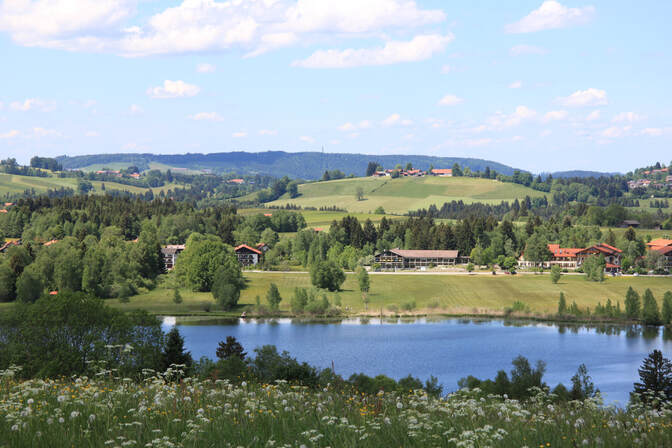
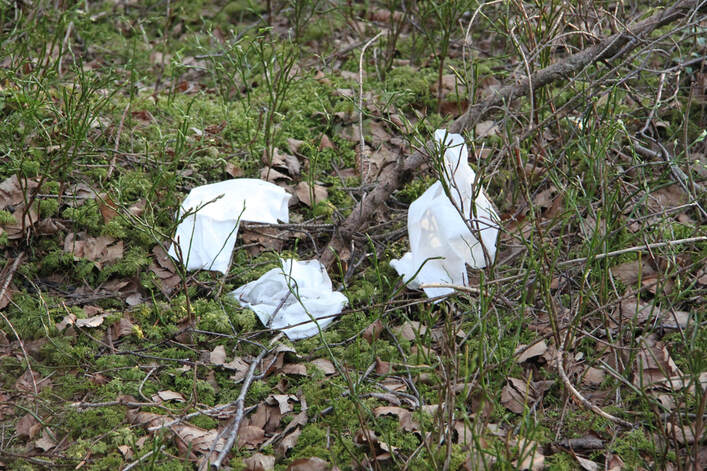
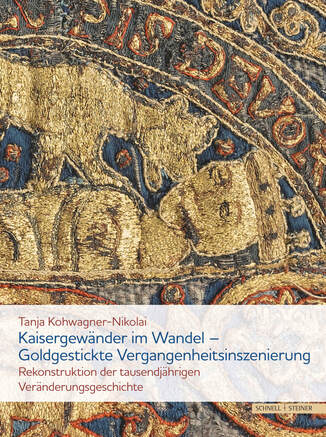
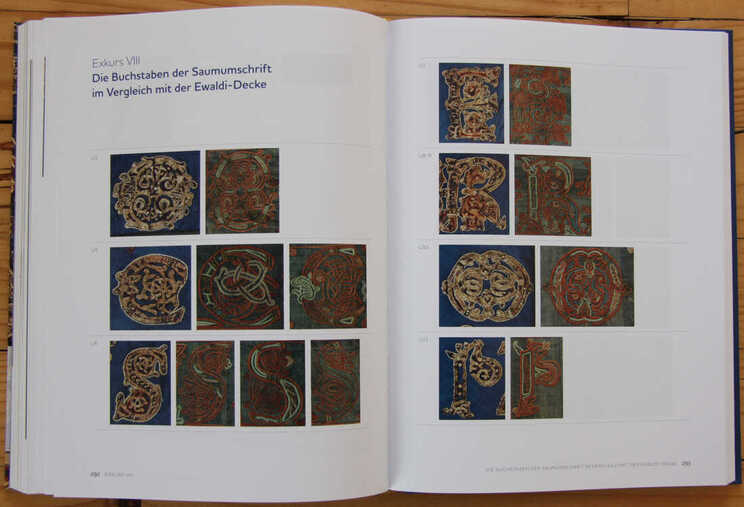
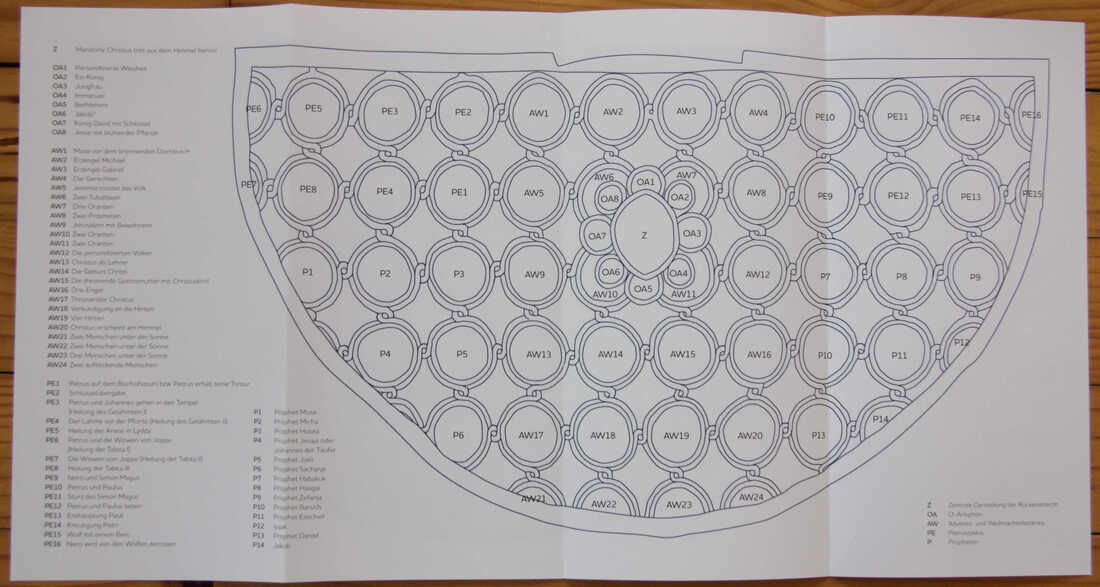





 RSS Feed
RSS Feed